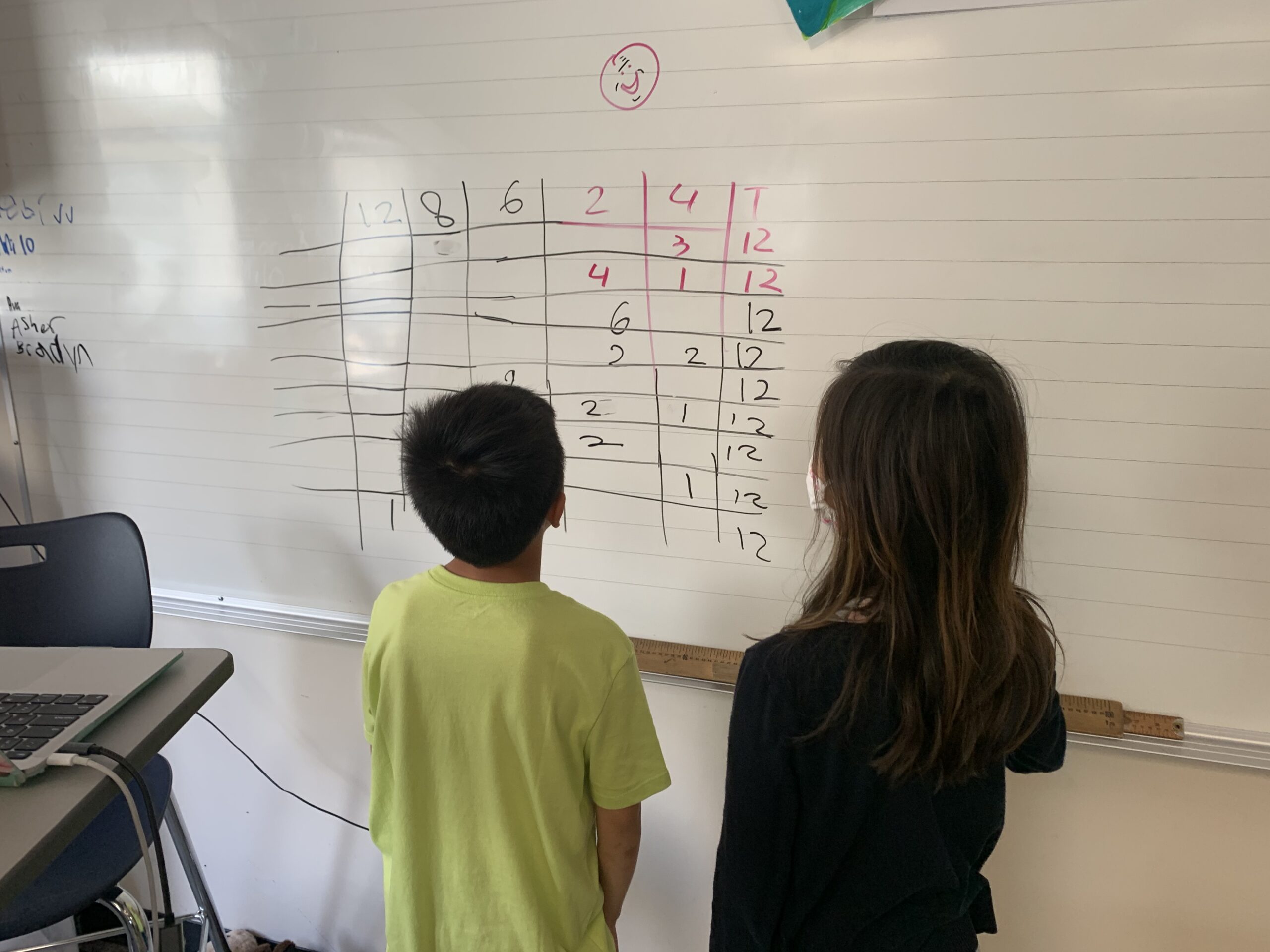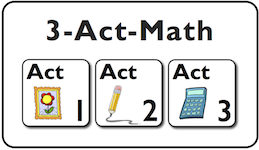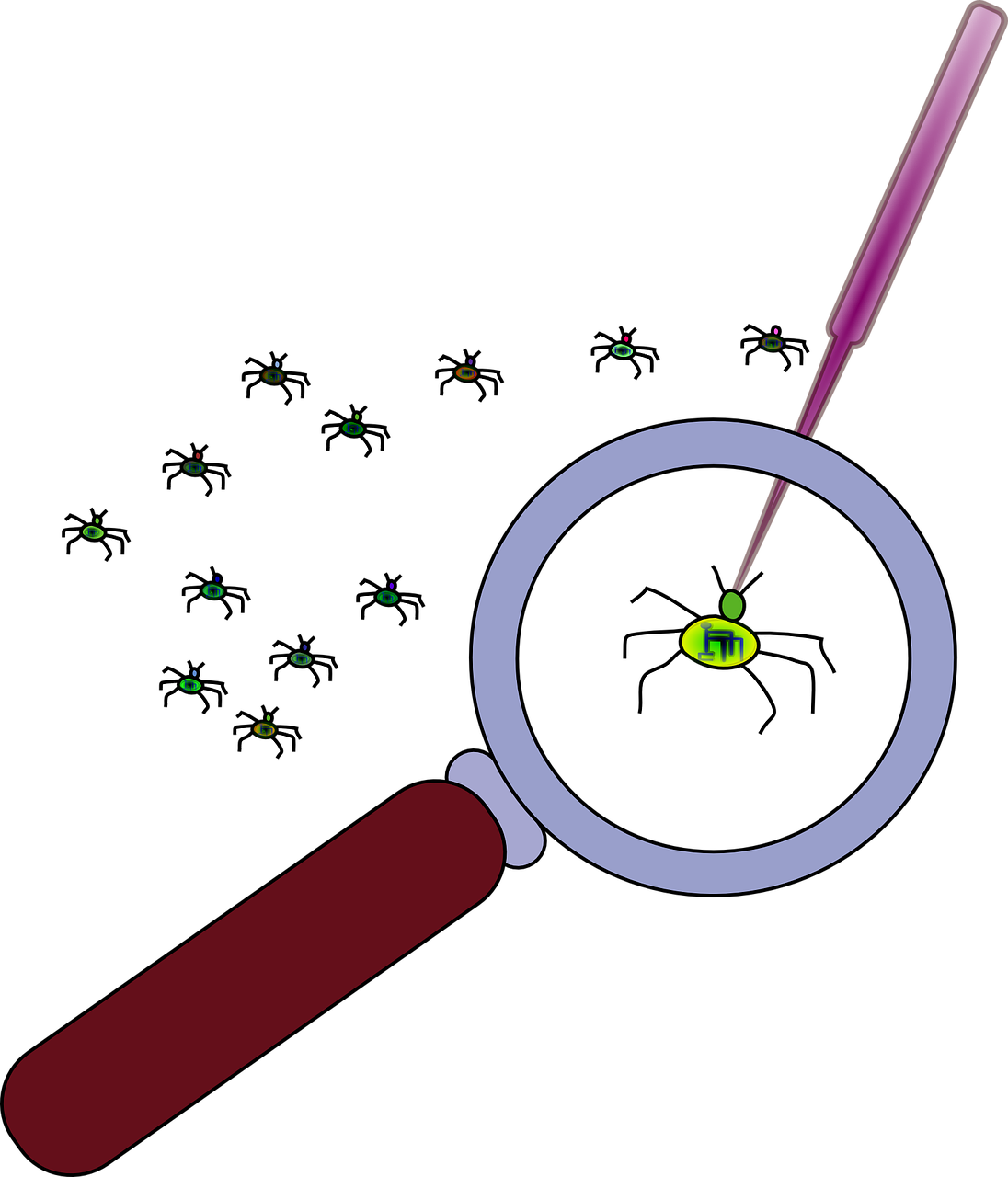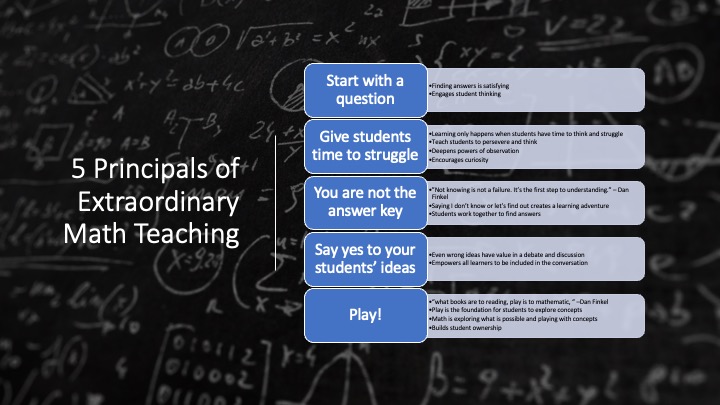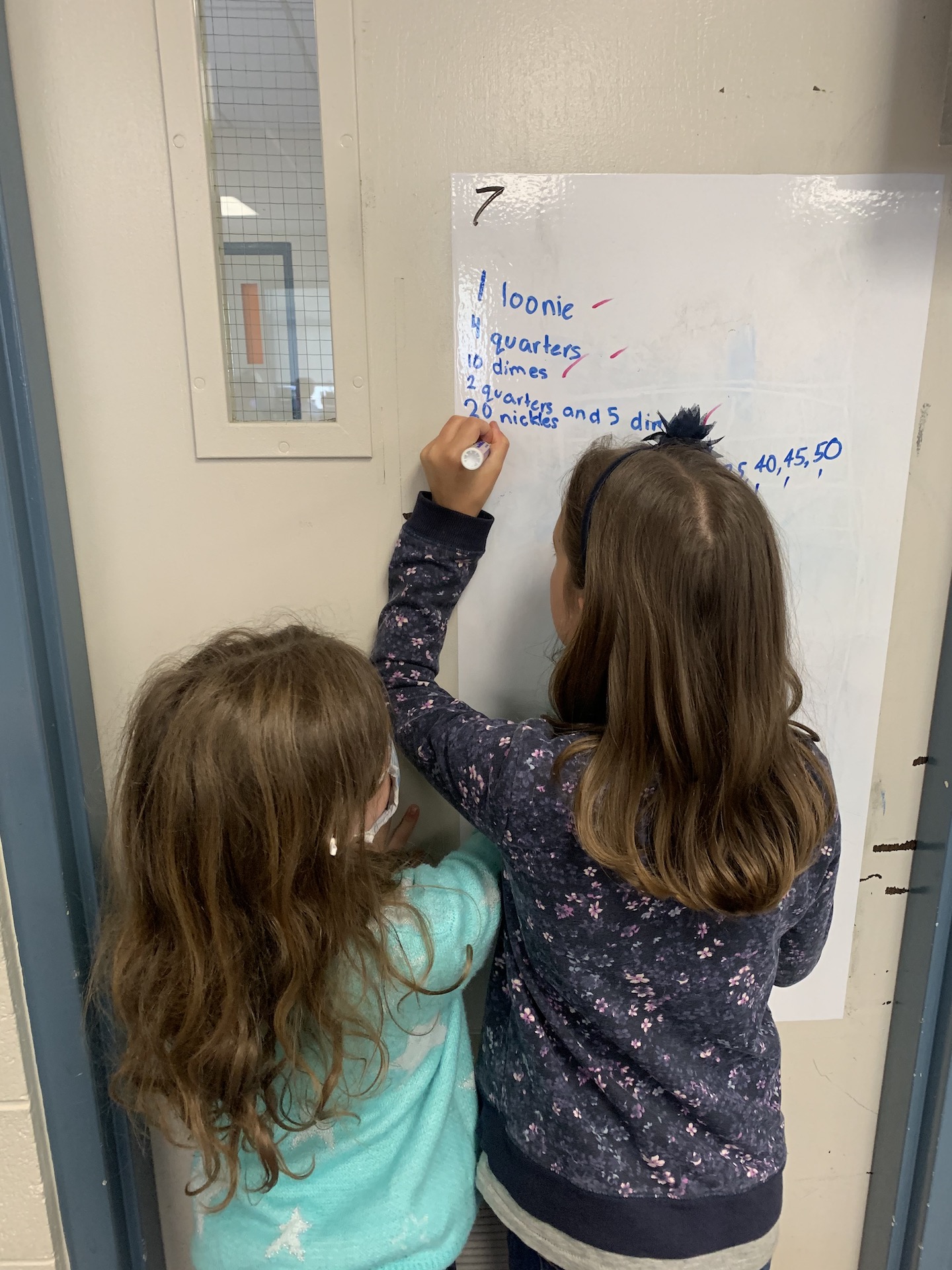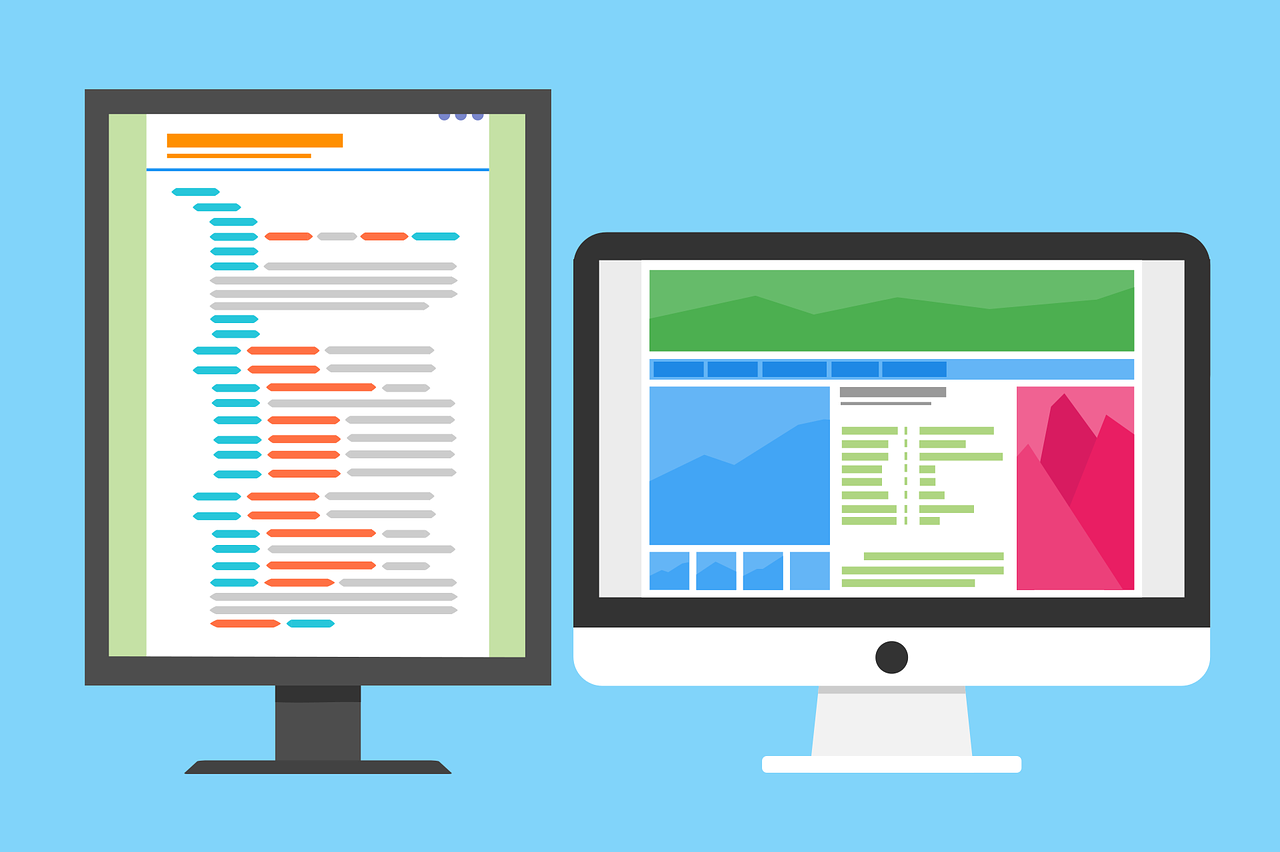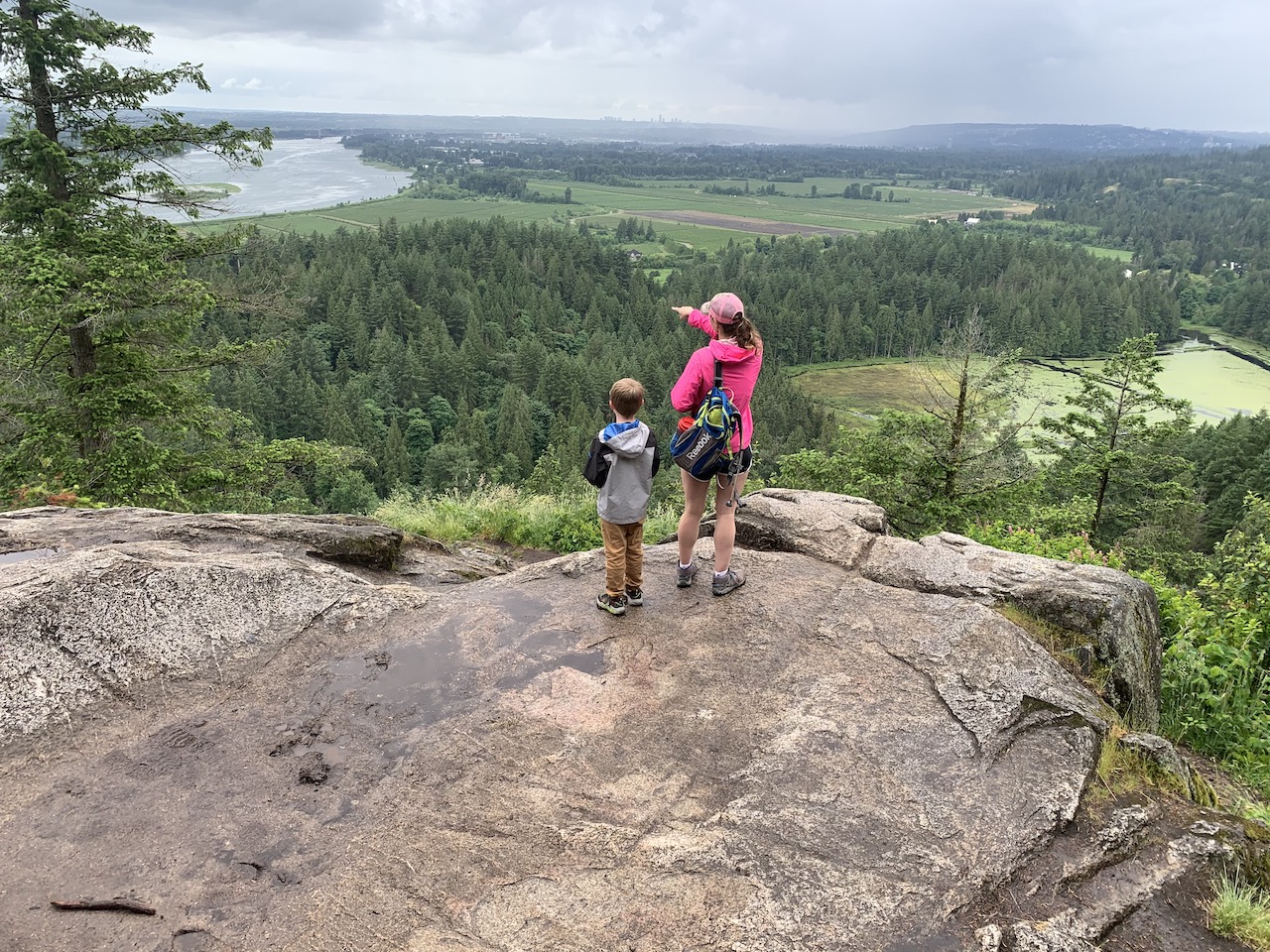While I enjoyed exploring all of the options and am looking forward to trying the Lego Maze when we return from spring break I chose to write about an activity that I use in my classroom. We regularly use our coding cards to code partners so one student is the “coder” and the other is the “robot” we do this to try and cross the room, our play ground or obstacle courses in the gym. I have two actual little codr sets and have made my own as well so I have enough for a class set, I have attached my cards for others to use. Coding partners is a really clear way of showing when the code works and doesn’t work because your partner will not complete the activity if they do not do it properly. One of my favourite ways to teach this is to have them work in trios to code for me to do either the macarena or chicken dance. I then attempt to complete each group’s code exactly as written often to a lot of laughter as I fail to do the dance. Students then go back and debug their code to see if I can properly do the dance. I introduced this in September often with our grade 2 buddies and we have fun with it.
Our coding cards will work with the Lego maze activity. My grade 4 students would be highly engaged in this activity, while I do not have enough Lego for every group to use Lego to build we do have enough other building materials to create mazes. In my classroom I would have each group draw a maze on large, chart sized graph paper and build obstacles for another group to navigate. Each group would be challenged first to navigate a toy animal through the maze then try to refine their route and steps to make it the most efficient. After one group had solved the maze they would pass the maze and their code to the next group, the third group would try to follow the steps in the previous code to solve the maze, debugging and making changes to the code as they go through the activity. We could continue to pass the mazes from group to group until every group has had a chance to work with each maze. This activity would work for students in grades 1 and up.
